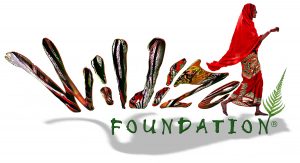Blog Post Test
Last week the United States Supreme Court issued a unanimous decision, Weyerhaeuser Co. v. U.S. Fish and Wildlife, sharply curtailing the definition of “critical habitat” as used in the Endangered Species Act (ESA). The Court held that the parcel of land in question, designated by the U.S. Fish and Wildlife Service (FWS) as critical habitat for the endangered dusky gopher frog, cannot be considered “habitat” because the land would need to be “modified” by the removal of nonnative vegetation (i.e. commercial farm trees) and the replanting of native tree cover for the frog to survive there. In the Court’s logic, the unmodified land is not currently “habitat” and therefore cannot be defined as “critical habitat.”

The opinion potentially removes millions of acres of land in the United States from designation as “critical habitat” for a variety of endangered species. Remarkably, the opinion drew no dissent from the 4 “liberal” members of the Court, despite dealing a serious blow to the ESA.
The Court also held that FWS must weigh the economic value of the proposed development of the land agains the economic value of utilizing the land as habitat for an endangered species, a calculus that will in almost every case favor short-term “economic development.”
The decision will be a boon to Weyerhauser, a giant multinational corporation and other large corporate landowners who seek to “develop” land previously inhabited by endangered species.
The Weyerhauser decision is another example of Congress and the Courts continuing to chip away at the legal protections for endangered species enacted in the ESA. The Court’s logic would call into question many efforts to save endangered species, including efforts to “rewild” species into former areas of habitat not currently suitable for survival.
The Court’s opinion made no mention of the fact that the Earth is experiencing a Sixth Mass Extinction, that species globally are currently going extinct at 1000x the baseline rate due to human activity, or that 50% of all wildlife on the planet has been eradicated by human activity in the last four decades alone. It is hard to imagine a Court more out of touch with reality than one that refuses to protect the “critical habitat” of endangered species at a time when Life on Earth — our “critical habitat” — is under such duress.
